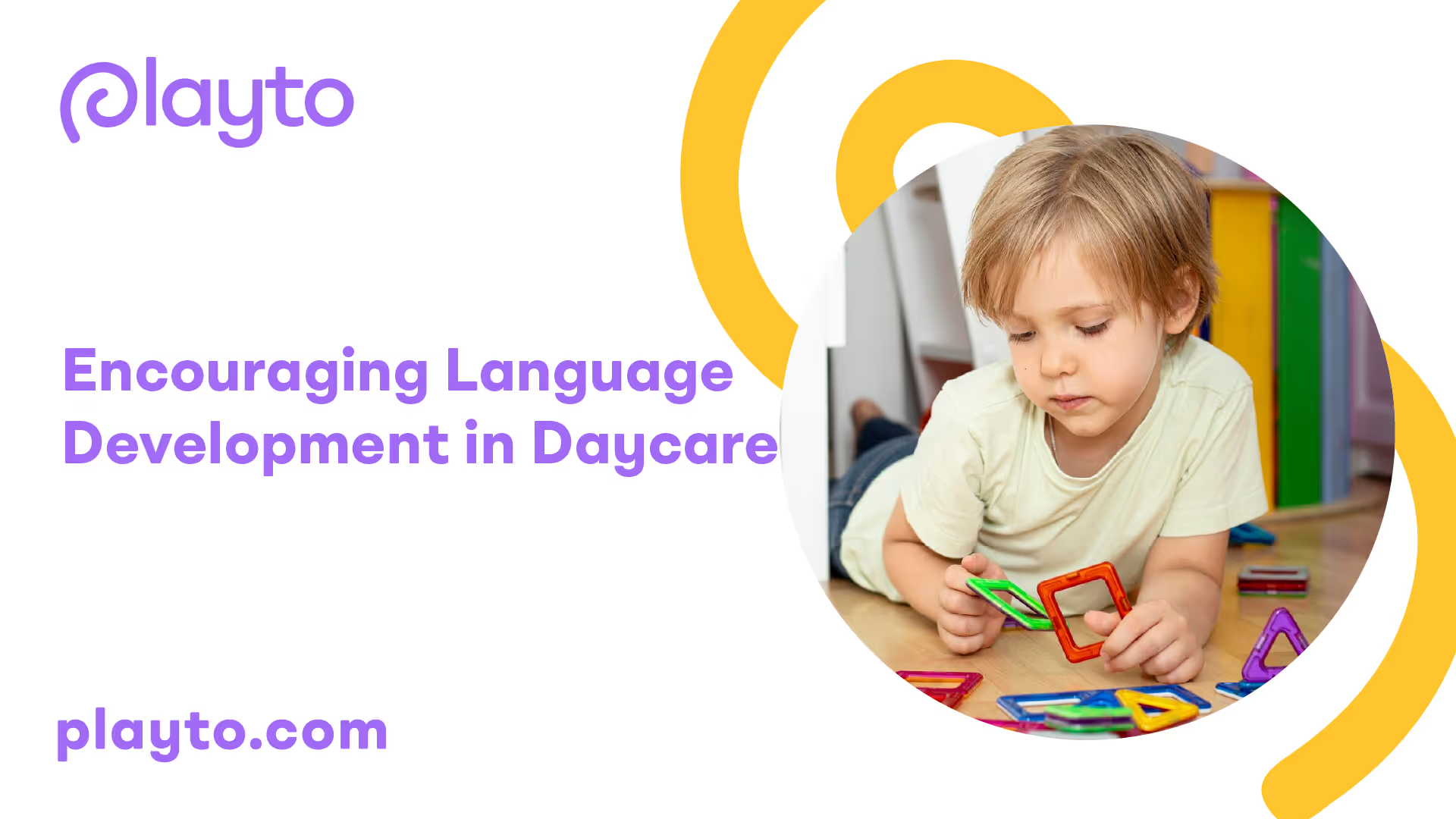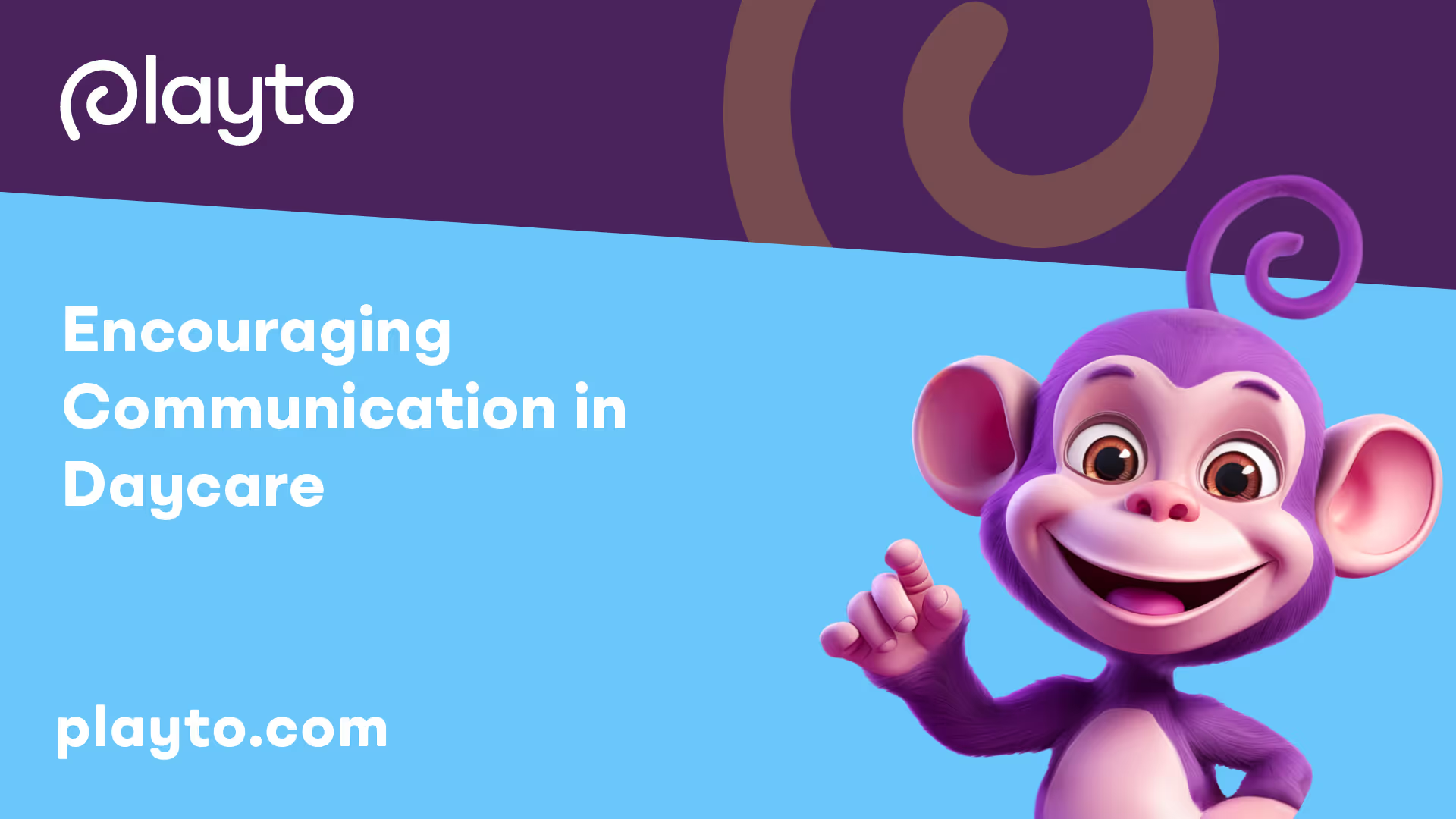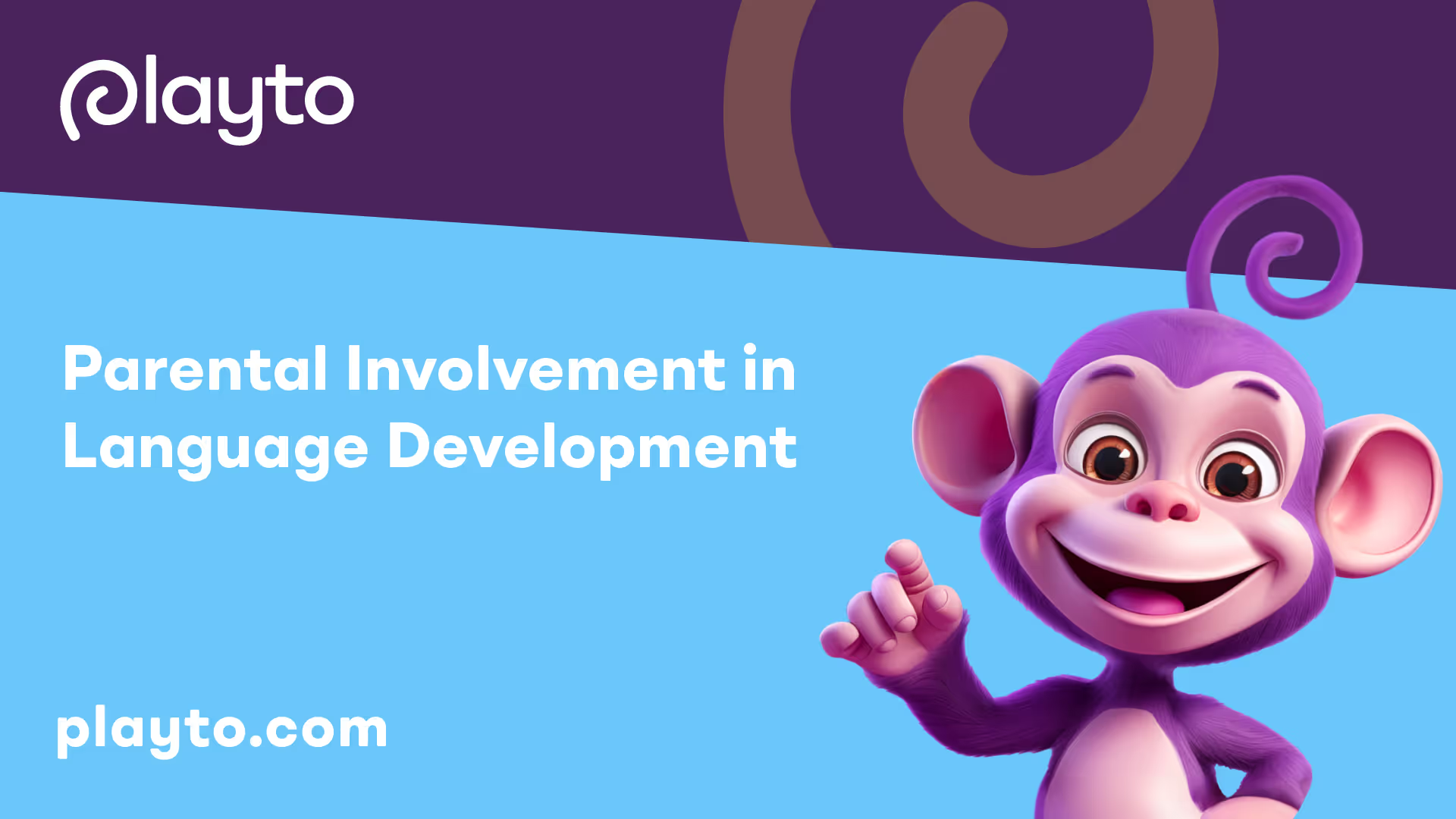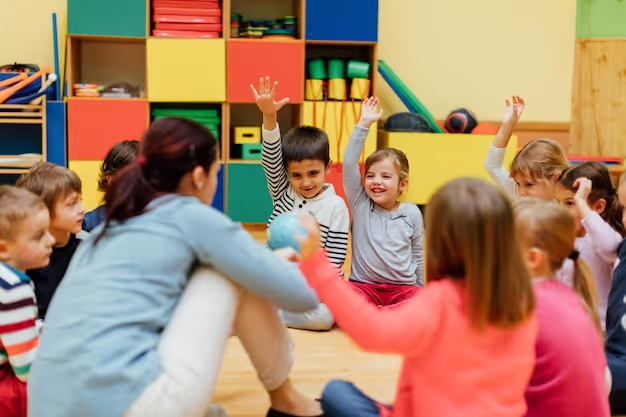
Language Development in Daycare
Language development plays a significant role in a child's overall growth and development. Daycare settings provide a nurturing environment that actively encourages language skills. In this section, we will explore two key aspects of language development in daycare: building vocabulary through play and role play for language skills.
Building Vocabulary Through Play
Daycare settings are rich with opportunities for children to expand their vocabulary. According to Kids Castle Preschool, children quickly grasp and repeat words spoken with strong emotions. Through active play, children engage with other children and caregivers, learning new words and phrases in a natural and enjoyable way.
Another way daycare helps children develop their language skills is by exposing them to various experiences, objects, and concepts. Children learn the names of multiple items, toys, eateries, and activities around them, expanding their vocabulary. This exposure to a diverse range of vocabulary fosters cultural sensitivity and appreciation of linguistic diversity, as children are exposed to different dialects and language styles.
Role Play for Language Skills
Role play activities in daycare settings significantly contribute to language development in children. Storytelling in playgroups helps children learn how to use words effectively and choose appropriate words. By engaging in imaginative play scenarios, children enhance their language skills by creating dialogue, expressing their thoughts, and reenacting real-life situations.
In addition to storytelling, fun activities like rhyming games, sing-alongs, and tongue twisters in daycare help children grasp the phonological aspects of language. These activities focus on the sounds and rhythms of words, which are essential for proper pronunciation and word recognition.
By incorporating play and role play into daycare activities, children have the opportunity to learn and practice new words, improve their vocabulary, and develop their language skills in a fun and interactive way. Daycare settings provide a supportive environment that fosters language growth and encourages children to express themselves confidently. To learn more about encouraging development in other areas, check out our articles on encouraging emotional development in daycare, encouraging social development in daycare, encouraging cognitive development in daycare, and encouraging physical development in daycare.

Encouraging Communication in Daycare
In a daycare setting, fostering effective communication is essential for children's language development. By creating a language-rich environment and implementing interactive activities, daycare providers can help children expand their vocabulary, improve their language skills, and enhance their overall communication abilities.
Interactive Storytelling
Storytelling is a powerful tool for language development in daycare. Engaging children in interactive storytelling sessions can captivate their attention and stimulate their imaginations. Through storytelling, children learn how to use words effectively, choose appropriate vocabulary, and express their thoughts and ideas.
During storytelling sessions, daycare providers can encourage children to actively participate by asking questions, making predictions, and even reenacting parts of the story. This interactive approach promotes language development by enhancing listening skills, comprehension, and vocabulary acquisition.
To further enhance the benefits of interactive storytelling, providers can incorporate props, puppets, or visual aids to support children's understanding and engagement. By making the storytelling experience multi-sensory and interactive, children are more likely to retain the information and develop a love for language.
Music and Language Development
Music plays a significant role in language development, particularly for infants and toddlers. Singing with young children exposes them to words in songs, rhymes, the alphabet, and the names of familiar objects and people. Singing helps children differentiate sounds, recognize rhymes, improve memory, and expand their vocabulary.
Daycare providers can incorporate music into daily routines, such as during transitions, circle time, or while engaging in play activities. Singing together in a group setting encourages children to participate, learn new words, and develop their language skills.
Additionally, providers can use songs that involve pauses, allowing children to fill in the missing words. This activity promotes active listening, word recall, and language production. By incorporating music and song into the daycare environment, children are exposed to a variety of sounds, rhythms, and language patterns that support their language development.
To encourage communication through music, providers can also introduce rhyming games, sing-alongs, and tongue twisters. These activities help children grasp the phonological aspects of language, which are crucial for proper pronunciation and word recognition.
By incorporating interactive storytelling and music into the daycare routine, providers can create a language-rich environment that fosters communication and supports children's language development. These activities not only enhance vocabulary and language skills but also promote social interaction and creativity among the children in their care.

Parental Involvement in Language Development
When it comes to promoting language development in daycare, parental involvement plays a crucial role. By actively engaging with their children and providing language-rich environments, parents can significantly contribute to their child's language skills. Two key aspects of parental involvement in language development are talking and responding, as well as reading and singing together.
Talking and Responding
Talking to infants and toddlers throughout the day in various situations can help develop a wide and varied vocabulary. Parents can engage their children by pointing out objects, describing their actions, and giving them opportunities to respond. This back-and-forth conversation helps children learn new words, understand language patterns, and develop their communication skills.
Taking turns chatting with infants and toddlers, actively listening to what they are saying, and imitating their coos or babbles are effective strategies for supporting their language development. By acknowledging and responding to their verbal and nonverbal cues, parents can foster a nurturing language environment that encourages children to express themselves.
Reading and Singing Together
Reading books to infants and toddlers is a powerful way to support language development. Parents can engage their children by allowing them to interact with the book, turning pages, and exploring the pictures. While reading, parents can point to objects, show them the words, and describe the illustrations. This helps children make connections between spoken and written words, expand their vocabulary, and understand new concepts.
Encouraging talk during shared book experiences is also beneficial for communication and language development. Parents can ask open-ended questions, encourage their child to describe what they see, and discuss the story together. This interactive approach not only enhances language skills but also fosters a love for reading and learning.
By actively engaging in conversations and shared reading experiences, parents can create a language-rich environment that supports their child's language development. These interactions provide valuable opportunities for children to learn and practice new words, understand language patterns, and develop strong communication skills.
Language Interventions in Daycare
In a daycare setting, language interventions play a vital role in supporting and enhancing children's language development. By incorporating playful language activities and creating an environment conducive to language growth, daycare providers can foster effective communication skills in young children.
Playful Language Activities
One of the effective ways to encourage language development in daycare is through playful language activities. These activities engage children in interactive and stimulating experiences that promote vocabulary expansion, sentence formation, and overall language skills.
- Rhyming Games and Sing-Alongs: Rhyming games and sing-alongs are enjoyable activities that help children grasp the phonological aspects of a language, such as rhyming patterns and rhythm. These activities improve their phonemic awareness, which is essential for proper pronunciation and word recognition.
- Tongue Twisters: Tongue twisters, with their challenging word combinations and repetitive sounds, are not only fun but also help children develop clear articulation and diction. By practicing tongue twisters, children improve their speech clarity and learn to enunciate words accurately.
- Storytelling and Puppet Shows: Storytelling and puppet shows provide opportunities for children to engage in imaginative play while also enhancing their language skills. Listening to stories and participating in storytelling activities helps children learn how to use words effectively, express their thoughts, and choose appropriate vocabulary.
By incorporating these playful language activities into the daily routine, daycare providers can create an engaging and language-rich environment that fosters the development of communication skills.
Daycare Environment and Language Growth
The daycare environment itself plays a crucial role in facilitating language growth among children. Here are some key aspects of the daycare environment that can positively impact language development:
- Exposure to Language: Daycare settings expose children to a diverse range of vocabulary, different dialects, and language styles. This exposure fosters cultural sensitivity and appreciation of linguistic diversity. Interacting with children from various backgrounds and hearing different languages helps children develop an understanding and respect for different ways of communicating.
- Rich Vocabulary: Daycare introduces children to a wide array of experiences, objects, and concepts. Children learn the names of multiple items, toys, eateries, and activities around them, expanding their vocabulary. Caregivers can actively engage children in conversations, describing and discussing the things they encounter, to further enhance their vocabulary.
- Social Interaction: The social interactions that occur in daycare settings provide valuable opportunities for children to practice and refine their language skills. Interacting with peers and caregivers encourages children to use language for various purposes, such as seeking information, expressing ideas, and engaging in imaginative play. These interactions provide a supportive context for language learning and help children develop effective communication skills.
By creating a language-rich environment and promoting social interactions, daycare providers can create an optimal setting for language development in young children.
Language interventions in daycare, through playful activities and a language-rich environment, contribute significantly to children's language development. These interventions lay a strong foundation for effective communication skills, which are essential for success in future academic and social endeavors.
Early Childhood Language Learning
In the early years of a child's life, language learning plays a crucial role in their overall development. Two important factors that contribute to language development in early childhood are social interactions and the impact of home and school environments.
Social Interactions and Language
Children learn speech and language through a variety of social interactions. Listening, watching, exploring, copying, initiating, responding, playing, and interacting with others all contribute to language acquisition [5]. The most significant interactions occur between the child and their parents, caregivers, and siblings in the first few years of life.
Language learning is a dynamic process that relies on the interaction of a child's learning capacities with the language environment. Warm and mutually respectful exchanges between infants and competent language users facilitate learning. Child-directed language, characterized by limited vocabulary, short sentences, multiple repetitions, and exaggerated intonation, supports language learning in children.
Impact of Home and School Environments
Both genetic and environmental factors influence children's language abilities. The amount of speech children hear directly impacts their language development, highlighting the importance of social contexts. Research has shown a significant disparity in language exposure between children from families with higher socioeconomic status (SES) and children from families with lower SES. This difference, known as the "30-million-word gap," suggests that language development is shaped by the language-rich environments children are exposed to [7].
Both home and school environments provide unique language opportunities for children. Studies have found that there are typically more language interactions occurring between children and caregivers in the home compared to teachers and children in the classroom. However, language exposure in early childhood education settings has been associated with children's language abilities and growth. Variations in language environments can lead to differences in the number of adult words heard by children, even within prekindergarten classrooms [7].
To support early childhood language learning, it is important to create language-rich environments both at home and in daycare settings. Encouraging positive social interactions, implementing language-rich activities, and providing ample opportunities for communication can greatly enhance children's language development. By fostering a nurturing and supportive environment, parents and educators can help children build a strong foundation in language skills that will benefit them throughout their lives.
References
- [1]: https://kidscastlepreschool.com/daycare-and-language-development-encouraging-communication-milestones/
- [2]: https://napacenter.org/activities-for-language-development/
- [3]: https://www.naeyc.org/our-work/families/support-language-development-infants-and-toddlers
- [4]: https://help-for-early-years-providers.education.gov.uk/communication-and-language/exploring-language
- [5]: https://www.aussiedeafkids.org.au/resources/language-and-communication/language-and-learning
- [6]: https://www.ncbi.nlm.nih.gov/pmc/articles/PMC7236655
- [7]: https://www.ncbi.nlm.nih.gov/pmc/articles/PMC10556667/
